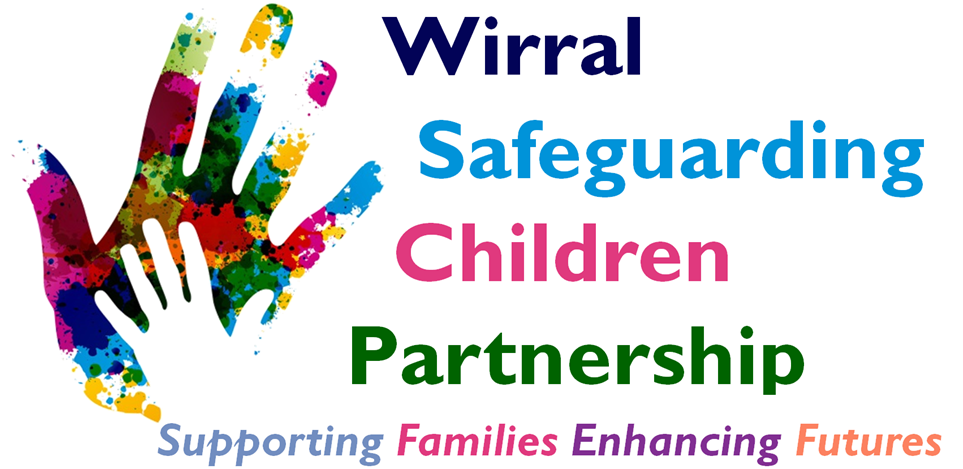Online Safety: Snapchat

SNAPCHAT
Age restriction: 13.
This is Snapchat’s minimum age.
Snapchat is a photo sharing app for mobile phones and tablets. The app allows users to share images, videos and chat with friends. Users can share images and videos directly to specific friends, or through a ‘story’ shared with their entire friend list, which documents the last 24 hours. In a study, Snapchat was ranked the 4th most negative app in terms of having an impact on young people’s health and wellbeing, with children feeling that they can use the app Snapchat to “make you look pretty”.
👉What do I need to know about Snapchat?
The ‘Snap Map’ lets you share your EXACT location in real-time through a map on the app. The users location updates when the app has been opened on the device. There is a warning on the Snapchat website about uploading images and videos to ‘Our Story’, stating that “Snaps you submit to Our Story can still show up on the Map, no matter what location setting you choose!”.
When uploading to Our Story, you child’s image or video could appear in “Search results and Stories on or off Snapchat – today or in the future”.
While Snapchat’s gimmick is that all photos, videos and text disappear eventually, users still have the capability to screenshot or record what has been sent to them. Users may sometimes forget that screenshotting is a possibility in the app and send a compromising image or message to somebody that they think they trust. They may also accidentally send an image or message to somebody
who they do not trust. Simply by pressing and holding a message, allows the user to save a message they have received, which can be screenshotted or used against them at a later date.
Due to ‘Snaps’ disappearing (users can even sent a 1 second photo or video), Snapchat has become the chosen platform for children and young people to send sexually explicit images or ‘selfies’. Once a photo/video has been screenshotted, or recorded using another device or software, this can lead to further dangers, such as blackmail and cyberbullying. It is illegal to make, possess,
download, store and share sexual images, photos and videos of a person under the age of 18. This also includes any sexual images,photos and videos that a child may have taken of themselves.
👉What do children and young people dislike about it?
•It shares your location if you don’t use ‘ghost mode’
•People can screen shot images you share
•Getting messages or request for sexual images from people you don’t know
•It can be used for bullying
👉What do children and young people like about it?
The main things that children and young people said that they like about Snapchat are:
•Talking to friends and sending them videos or pictures
•Being able to choose who can see your snaps
⭐TIPS
DISCUSS THE RISKS OF SEXTING
It can be slightly awkward talking about this topic with your child, but if it helps them protect themselves, then it is worth it. Talk to them about the consequences of sexting and make sure that they’re aware of the risks. Ensure your child knows that ‘Snaps’ can be screenshotted. Teach them that if they post anything potentially embarrassing or harmful (either of themselves or someone else) it can have severe consequences; the message, image or video can be shared further.
USE ‘GHOST MODE’
We highly recommend enabling Ghost Mode on the app so that your child’s location will no longer be visible to anyone on the ‘Snap Map’. To enable this, go onto the Snap Map and tap the cog in the top-right corner. Here, change the setting to ‘Ghost Mode’.
HOW TO DELETE A MESSAGE
Advise your child never to send any negative messages
(or images through gallery in the chat on the app) as
screenshots can still be taken. You should also advise
your child to screenshot any negative comments that they receive as the sender can also delete them.
To delete a message, simply press and hold the sent
message and press delete.
TURN OFF ‘QUICK ADD’
‘Quick add’ helps friends find each other on the app. This is based on mutual friends or if their number is in their phone book. Explain to your child that this feature can open up their profile to strangers. We highly recommend that your child turns off the ‘Quick Add’ feature. This can be done in the settings.
REPORTING A STORY, LENS, FILTER, SNAP OR MESSAGE
If your child comes across inappropriate Snapchat content, which may be sent directly to them or in another person’s story, advise them to report it immediately.
This may include an inappropriate lens, filter, message or Snap. To report an offensive lens, they should open the app and select the lens they want to report. An info button will appear above the lens. Click this, followed by the flag icon. This will send a report to Snapchat for further investigation. Reports can also be made on the Snapchat support website: support.snapchat.com.
